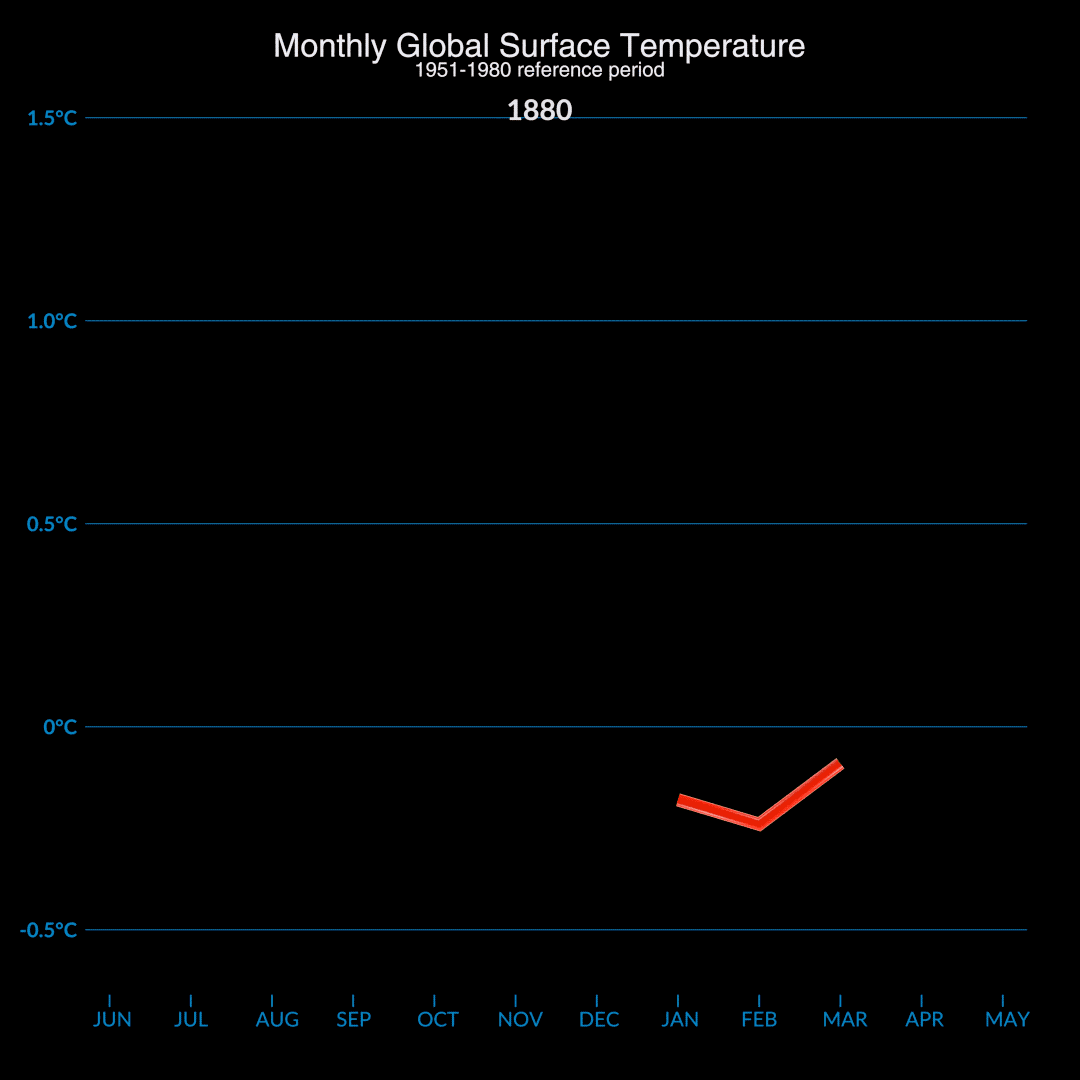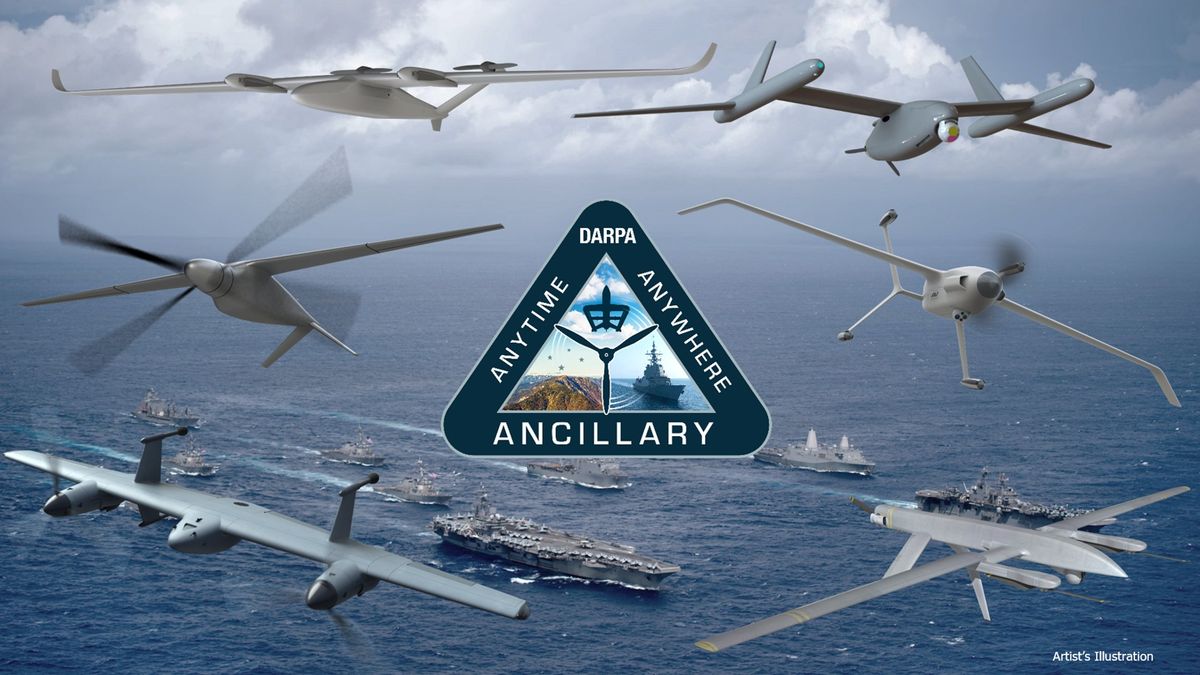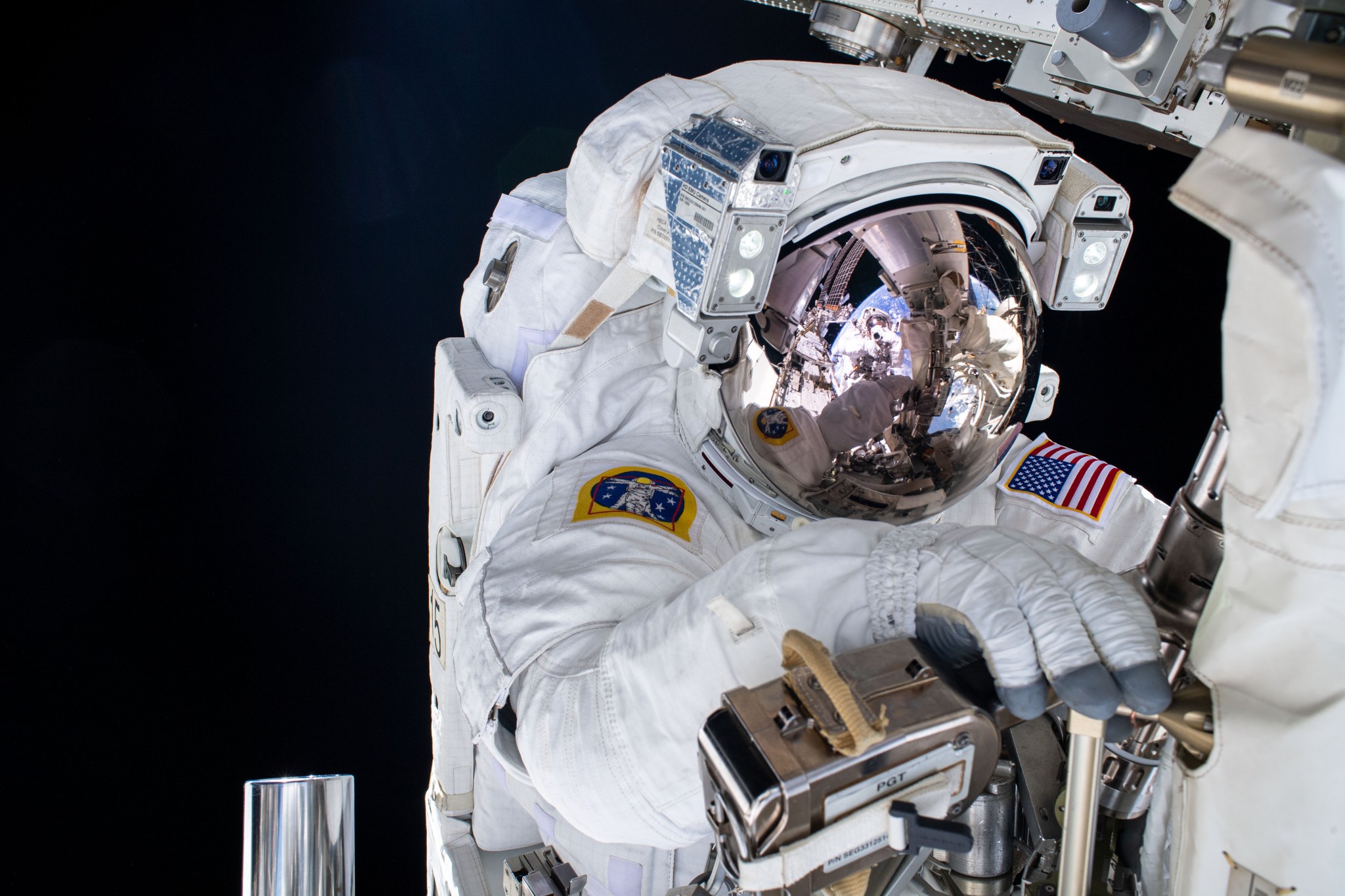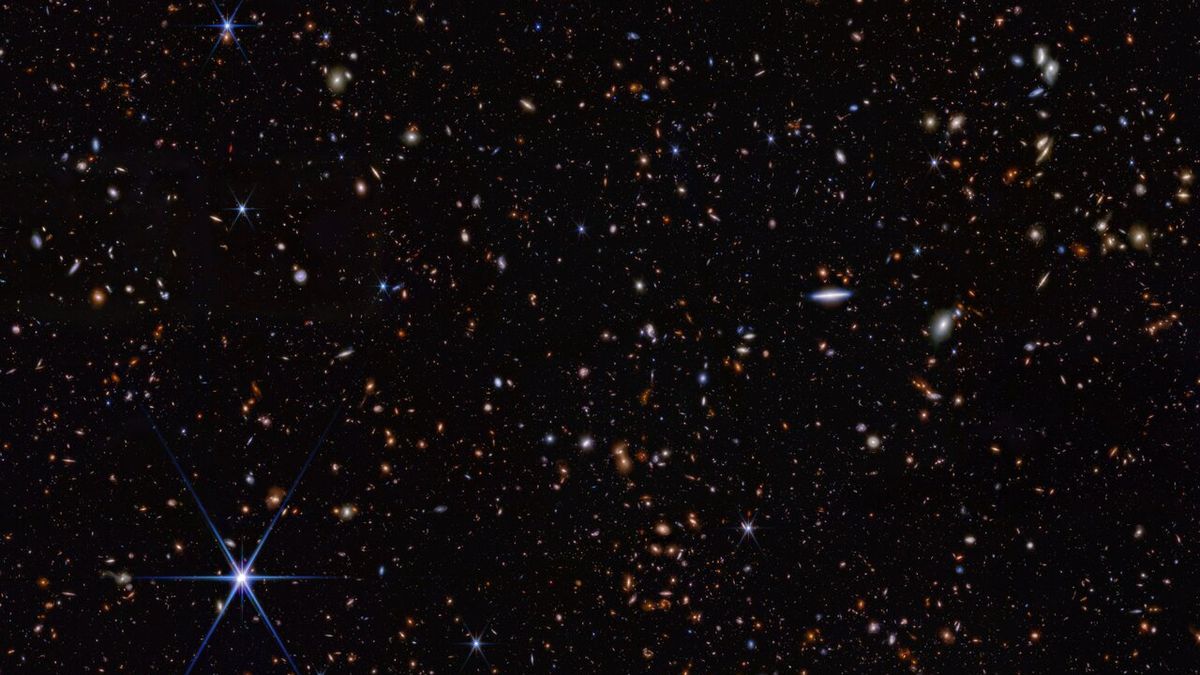5 min read Preparations for Next Moonwalk Simulations Underway (and Underwater) This visualization shows monthly global surface temperatures from 1880 to May 2024. The last 12 months (June 2023 through May 2024) hit record highs for each respective month. Download this visualization from NASA Goddard’s Scientific Visualization Studio: https://svsdev.gsfc.nasa.gov/5311 NASA’s Scientific Visualization Studio May 2024 was the warmest May on the books, marking a full year of record-high monthly temperatures, NASA scientists found. Average global temperatures for the past 12 months hit record highs for each respective month – an…
Read MoreMonth: June 2024
DARPA unveils 6 new designs for uncrewed vertical-takeoff military aircraft, eyes 2026 test flights
The U.S. military could soon have new uncrewed aircraft that carry weapons and take off and land vertically. The vehicles could undergo test flights as early as 2026. The Defense Advanced Research Projects Agency (DARPA) has announced it is moving into a new testing phase for proposed experimental aircraft in which designs will be assessed for risk and analyzed for efficiency. The Advanced Aircraft Infrastructure-less Launch And Recovery (ANCILLARY) program will field designs for new, uncrewed aerial systems (UAS) carrying weapons. Specifically, the project aims to deliver X-planes capable of…
Read MoreFrom Psychology to Space: Alexandra Whitmire’s Journey and Impact in NASA’s Human Research Program
From navigating the depths of the human mind to exploring the vastness of space, Dr. Alexandra (Sandra) Whitmire helps lead research on the effects of prolonged isolation and confinement as NASA prepares to voyage to the Moon and eventually Mars. Whitmire is the lead scientist for the Human Factors and Behavioral Performance element (HFBP) within NASA’s Human Research Program, or HRP. HFBP selects, supports, and helps design studies for Johnson Space Center’s HERA (Human Exploration Research Analog), which conducts missions simulating isolation and confinement to further understand psychological effects on…
Read MoreGet a sneak peek at new ‘Alien: Rogue Incursion’ survival horror game (trailer)
The “Alien” content just keeps on coming. In the aftermath of the 45th anniversary of the iconic film “Alien,” which just passed on May 25, the “Alien” universe is primed to erupt with an invasion of transmedia content over the next year. director Fede Álvarez’s “Alien: Romulus” is set to strike in August, for example, and we’ll also get more ongoing Marvel comics and a freshly-hatched “Alien: Rogue Incursion” virtual reality video game, which is coming in December for PS VR2, Meta Quest 3 and PCVR for Steam. Developer and…
Read MoreWatch SpaceX’s Starship Super Heavy booster splash down in this epic video
Watching Starship come back to Earth last week was perhaps even more exciting than seeing it rise off the pad. SpaceX launched its Starship megarocket for the fourth time ever on June 6, sending the giant vehicle into space from its Starbase site in South Texas. The flight plan called for both of Starship’s stages — the Super Heavy first-stage booster and the 165-foot-tall (50 meters) upper stage, called Starship, or just Ship — to steer themselves back to Earth for ocean splashdowns. Super Heavy was supposed to come down in…
Read More55 Years Ago: Manned Orbiting Laboratory Cancellation
The Manned Orbiting Laboratory (MOL), a joint classified project of the U.S. Air Force (USAF) and the National Reconnaissance Office (NRO), sought to establish a crewed platform in low Earth orbit to obtain high-resolution photographic imagery of America’s 1960s Cold War adversaries. Approved in 1965, the MOL Program envisioned a series of space stations launched from a new pad in California and placed in low polar Earth orbit. Two-man crews, launching and returning to Earth aboard modified Gemini-B capsules, would work aboard the stations for 30 days at a time.…
Read MoreNASA Sets Coverage for U.S. Spacewalk 90 Outside Space Station
NASA astronaut pictured completing an installation outside of the International Space Station. Credits: NASA NASA will provide live coverage, beginning at 6:30 a.m. EDT Thursday, June 13, as two astronauts conduct a spacewalk outside of the International Space Station. The spacewalk is scheduled to begin at 8 a.m. and last about six and a half hours. NASA will stream the spacewalk on NASA+, NASA Television, the NASA app, YouTube, and the agency’s website. Learn how to stream NASA TV through a variety of platforms including social media. NASA astronauts Tracy…
Read More“Earthrise” by NASA Astronaut Bill Anders
The rising Earth is about five degrees above the lunar horizon in this telephoto view taken from the Apollo 8 spacecraft near 110 degrees east longitude. Astronaut Bill Anders took the photo on the morning of Dec. 24, 1968. The South Pole is in the white area near the left end of the terminator. North and South America are under the clouds.
Read More‘We thought it was impossible:’ Water frost on Mars discovered near Red Planet’s equator
Water frost has been spotted at the equator of Mars for the first time. In this region of the Red Planet, equivalent to its tropics, it was previously believed that it would be impossible for frost to exist. The discovery could be crucial to modeling where water exists on Mars and how it is exchanged between the Red Planet’s atmosphere and its surface. This could be vital for future crewed exploration of Mars. The water frost was seen by two European Space Agency (ESA) spacecraft, first by the ExoMars Trace…
Read MoreYouthful galaxy in the early universe was a heavy metal rebel
The most distant carbon ever seen has been discovered by the James Webb Space Telescope (JWST) in a galaxy that we see as it existed just 350 million years after the Big Bang. The detection is notable because not only is it the oldest carbon known, it is the first time that an element heavier than hydrogen or helium — what astronomers call “metals” — has been confirmed in the very early universe. “Earlier research suggested that carbon started to form in large quantities relatively late — about one billion…
Read More







